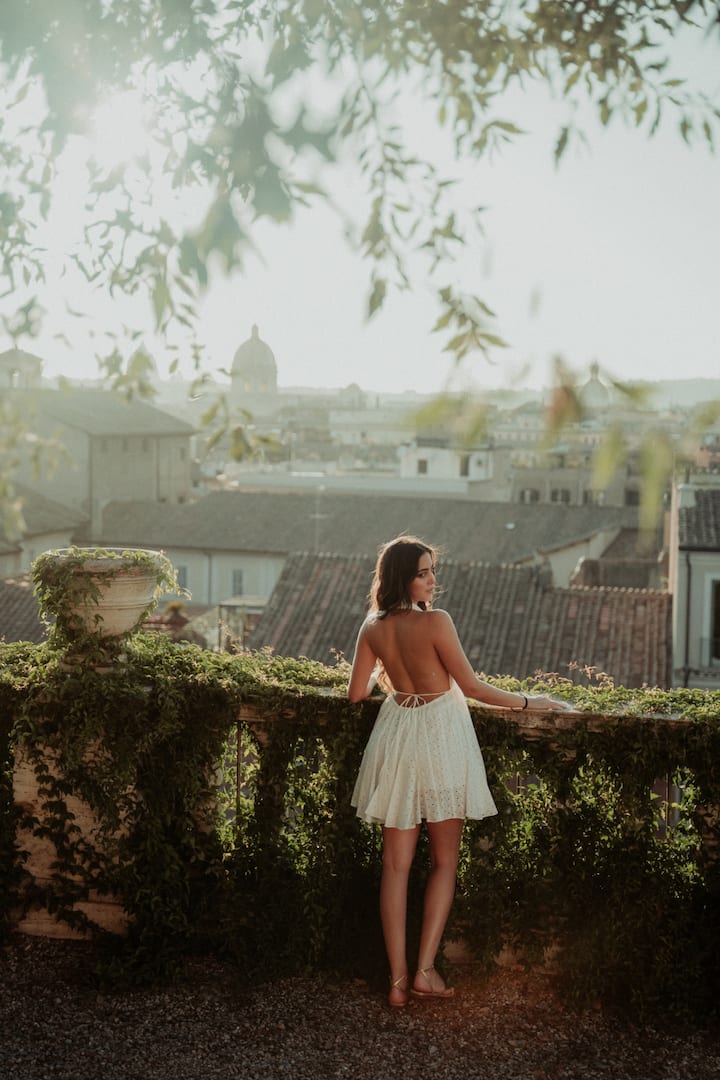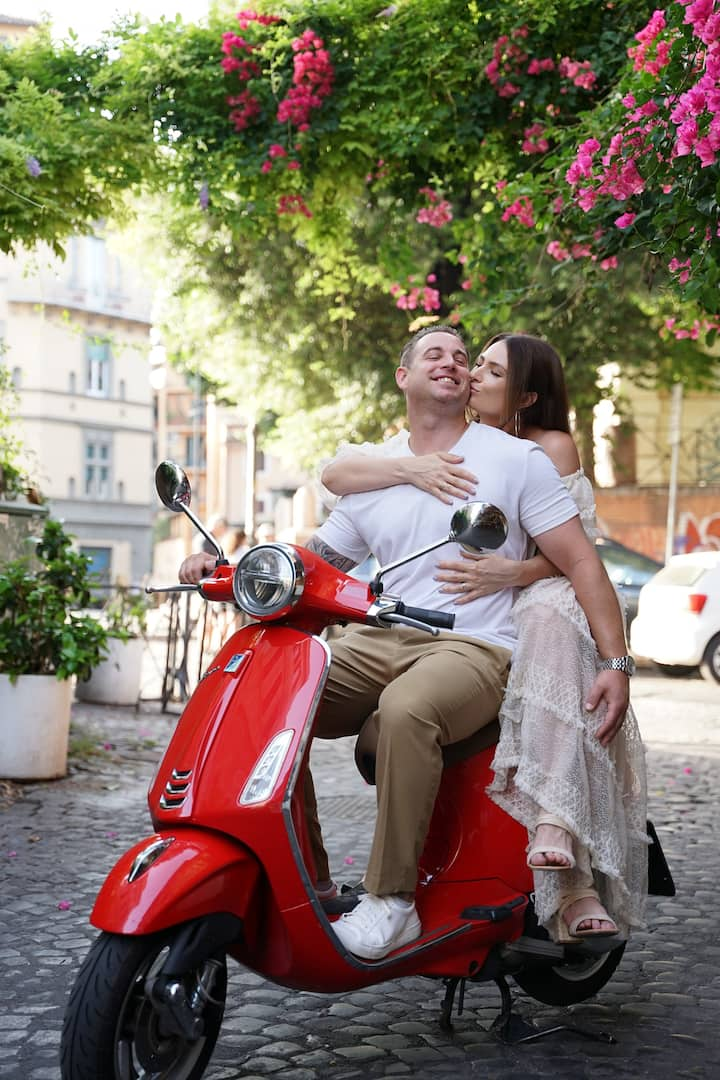Campo de' Fiori
54 lokalinvånare rekommenderar,
Unika saker att göra i närheten
Lokalinvånare rekommenderar också
- 59 lokalinvånare rekommenderar
- 34 lokalinvånare rekommenderar
- 14 lokalinvånare rekommenderar
Position
Campo de' Fiori
Roma, Lazio


